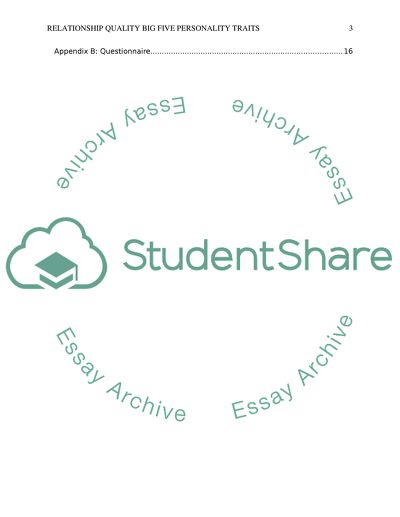Cite this document
(“Relationship Quality Aka Big Five Personality Traits Research Paper”, n.d.)
Retrieved from https://studentshare.org/psychology/1488115-relationship-quality-aka-big-five-personality
Retrieved from https://studentshare.org/psychology/1488115-relationship-quality-aka-big-five-personality
(Relationship Quality Aka Big Five Personality Traits Research Paper)
https://studentshare.org/psychology/1488115-relationship-quality-aka-big-five-personality.
https://studentshare.org/psychology/1488115-relationship-quality-aka-big-five-personality.
“Relationship Quality Aka Big Five Personality Traits Research Paper”, n.d. https://studentshare.org/psychology/1488115-relationship-quality-aka-big-five-personality.


